Nestled in the heart of Uttar Pradesh, Lucknow, the city of Nawabs, beckons visitors with its rich cultural heritage, architectural marvels, and delectable cuisine. Steeped in history and tradition, Lucknow offers a unique blend of the old and the new, where the echoes of a glorious past resonate in its bustling streets and magnificent monuments. If you’re planning a trip to this charming city, here are some must-visit places that promise to enchant you:
Bara Imambara:
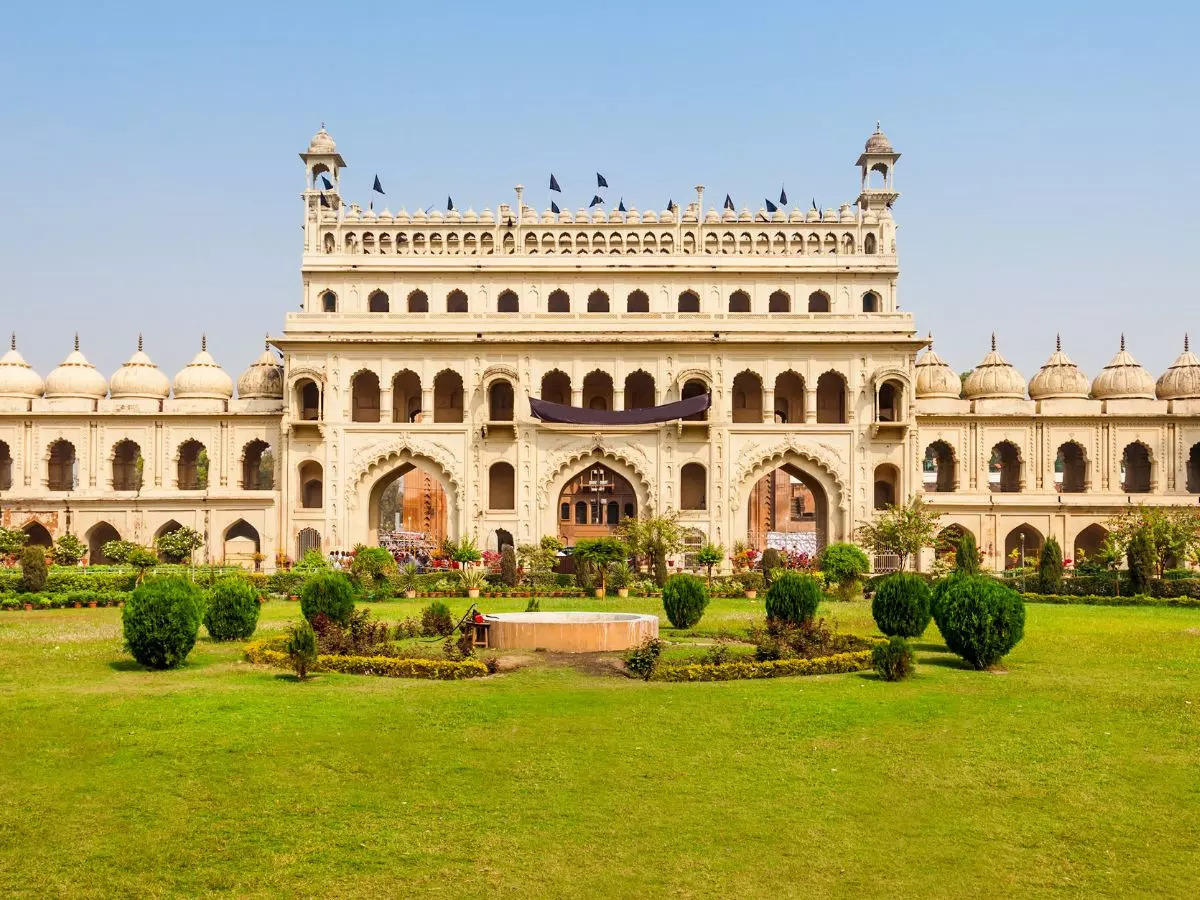
One of Lucknow’s most iconic landmarks, the Bara Imambara is an architectural marvel that showcases the grandeur of Mughal-era design. Built by Nawab Asaf-ud-Daula in 1784, this imposing structure houses the magnificent Asafi Mosque and the enigmatic Bhool Bhulaiya, a labyrinthine maze that is sure to intrigue visitors. The grand central hall, with its massive vaulted ceiling and intricate design, is a sight to behold and offers a glimpse into Lucknow’s royal past.
Rumi Darwaza:
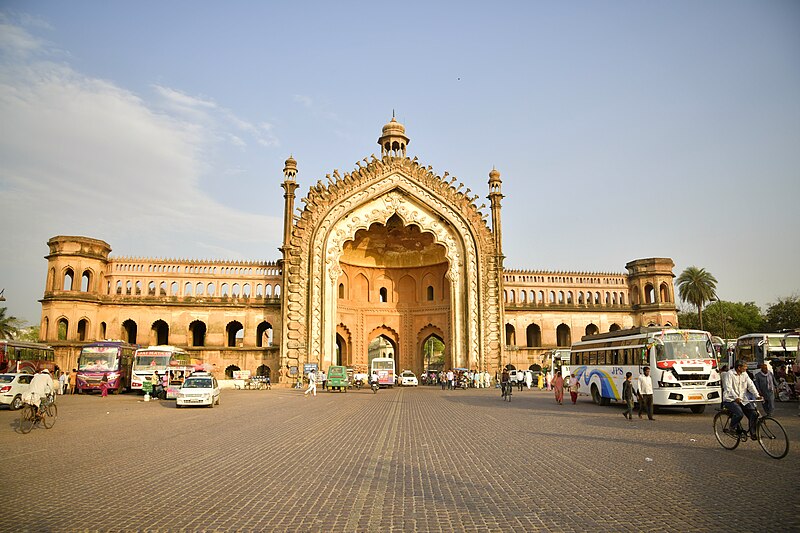
Known as the ‘Gateway to Lucknow’, the Rumi Darwaza is a towering monument that stands as a testament to the city’s architectural splendor. Built in the 18th century by Nawab Asaf-ud-Daula, this imposing gateway is adorned with intricate carvings and is reminiscent of the grandeur of the Ottoman Empire. A symbol of Lucknow’s cultural heritage, the Rumi Darwaza is a must-visit for history enthusiasts and architecture buffs alike.
Chota Imambara:
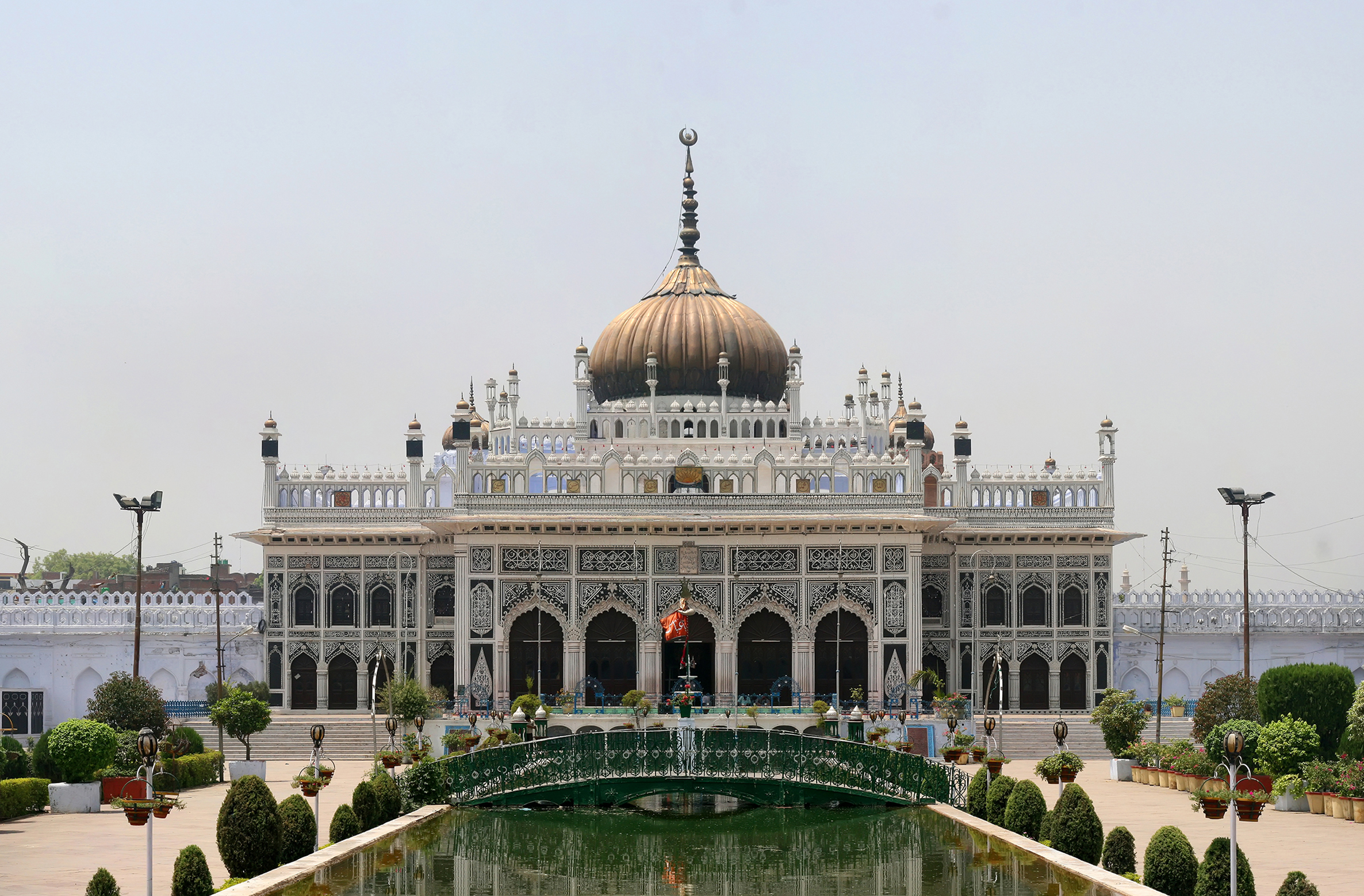
Another gem of Lucknow’s architectural heritage, the Chota Imambara is a splendid example of Indo-Islamic architecture. Built by Nawab Muhammad Ali Shah in the 19th century, this ornate structure is adorned with exquisite chandeliers, Belgian mirrors, and colorful frescoes, making it a visual delight for visitors. The surrounding gardens and water bodies add to the charm of this historical landmark, making it a perfect spot for a leisurely stroll.
Lucknow Residency:
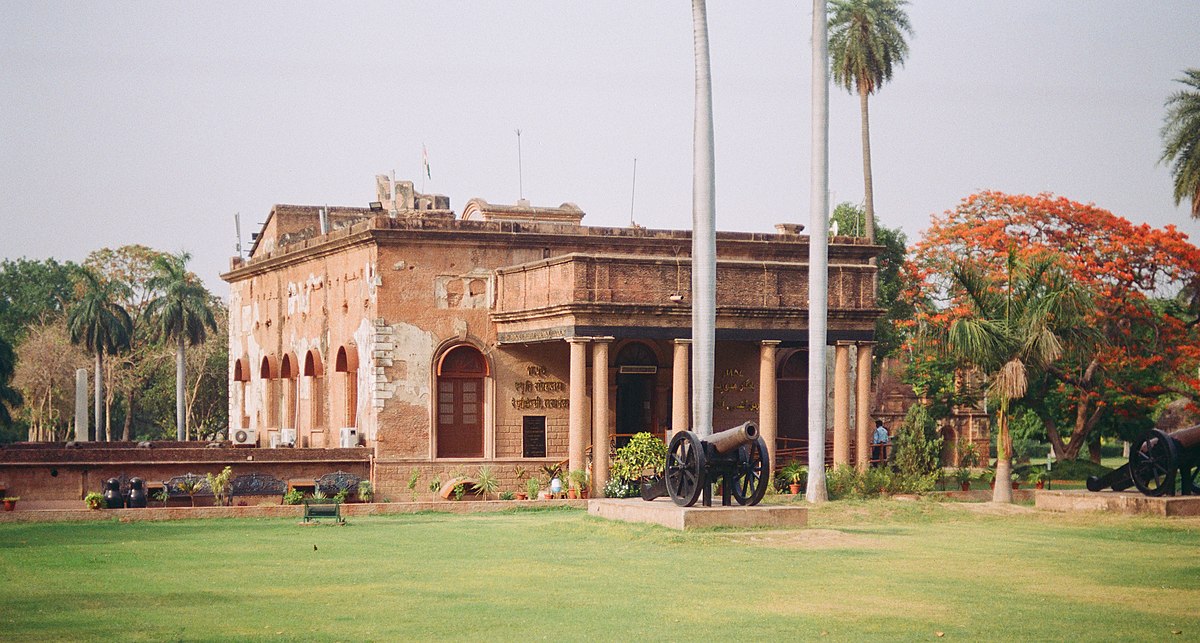
Steeped in history and tragedy, the Lucknow Residency is a poignant reminder of the city’s role in the Indian Rebellion of 1857. Once the residence of the British Resident General, this sprawling complex now serves as a museum and memorial dedicated to the soldiers who lost their lives during the uprising. Visitors can explore the ruins of the Residency buildings, stroll through the beautifully landscaped gardens, and learn about the events that shaped India’s struggle for independence.
Hazratganj:
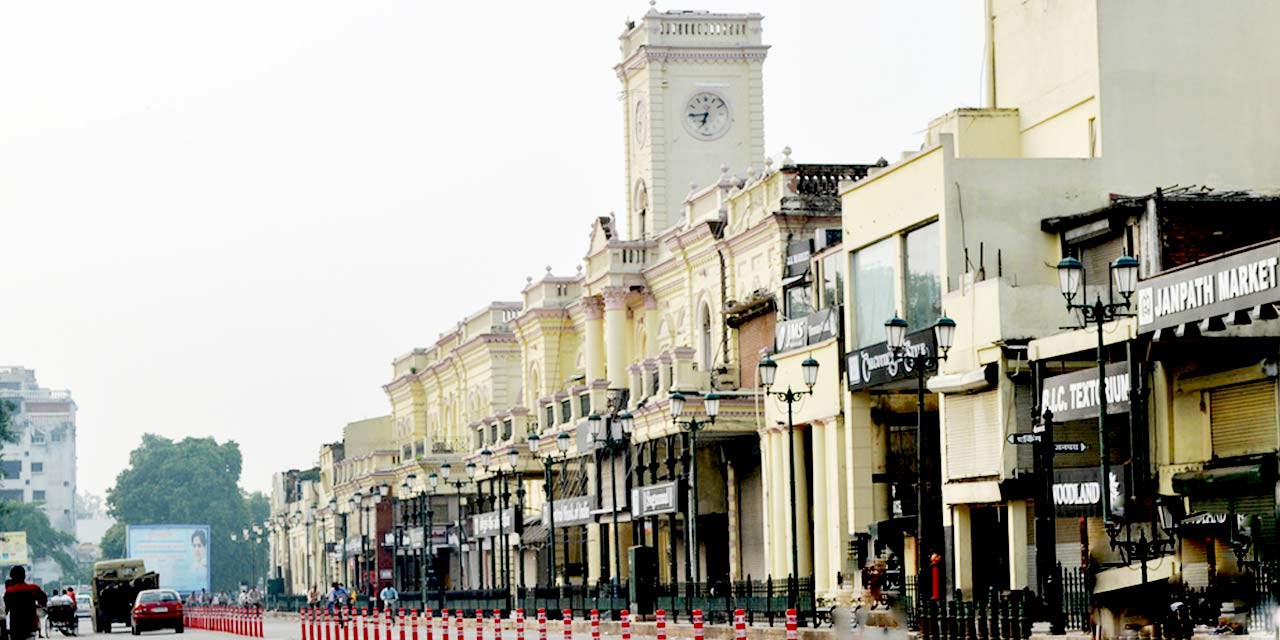
For a taste of Lucknow’s vibrant culture and bustling street life, head to Hazratganj, the city’s most popular shopping and entertainment district. Lined with shops, boutiques, and eateries, Hazratganj is a paradise for shoppers and food lovers alike. From traditional Chikan embroidery to mouthwatering kebabs and biryanis, this lively neighborhood offers a sensory feast for visitors.
Frequently Asked Questions :
- What is the best time to visit Lucknow?
Lucknow experiences a tropical climate, with hot summers and mild winters. The best time to visit is during the winter months, from October to March, when the weather is pleasant and conducive to sightseeing.
- What are some popular dishes to try in Lucknow?
Lucknow is famous for its rich culinary heritage, and no visit to the city is complete without sampling its iconic dishes such as Tunday Kebabs, Lucknawi Biryani, and Galouti Kebabs. Vegetarians can savor delicacies like Lucknawi Chaat and Lakhnawi Paneer.
- Is it safe to travel to Lucknow?
Lucknow is generally considered safe for tourists, but like any other city, it’s advisable to take precautions such as avoiding isolated areas at night and keeping an eye on your belongings in crowded places.
- What are some offbeat attractions in Lucknow?
Apart from the popular tourist spots, Lucknow also boasts several offbeat attractions such as Dilkusha Kothi, a 18th-century hunting lodge, and La Martiniere College, a historic school with stunning architecture.
- How can I get around Lucknow?
Lucknow has a well-developed transportation system, including buses, auto-rickshaws, and taxis, making it easy for visitors to explore the city. Additionally, cycle rickshaws are a popular and eco-friendly mode of transportation for short distances.
